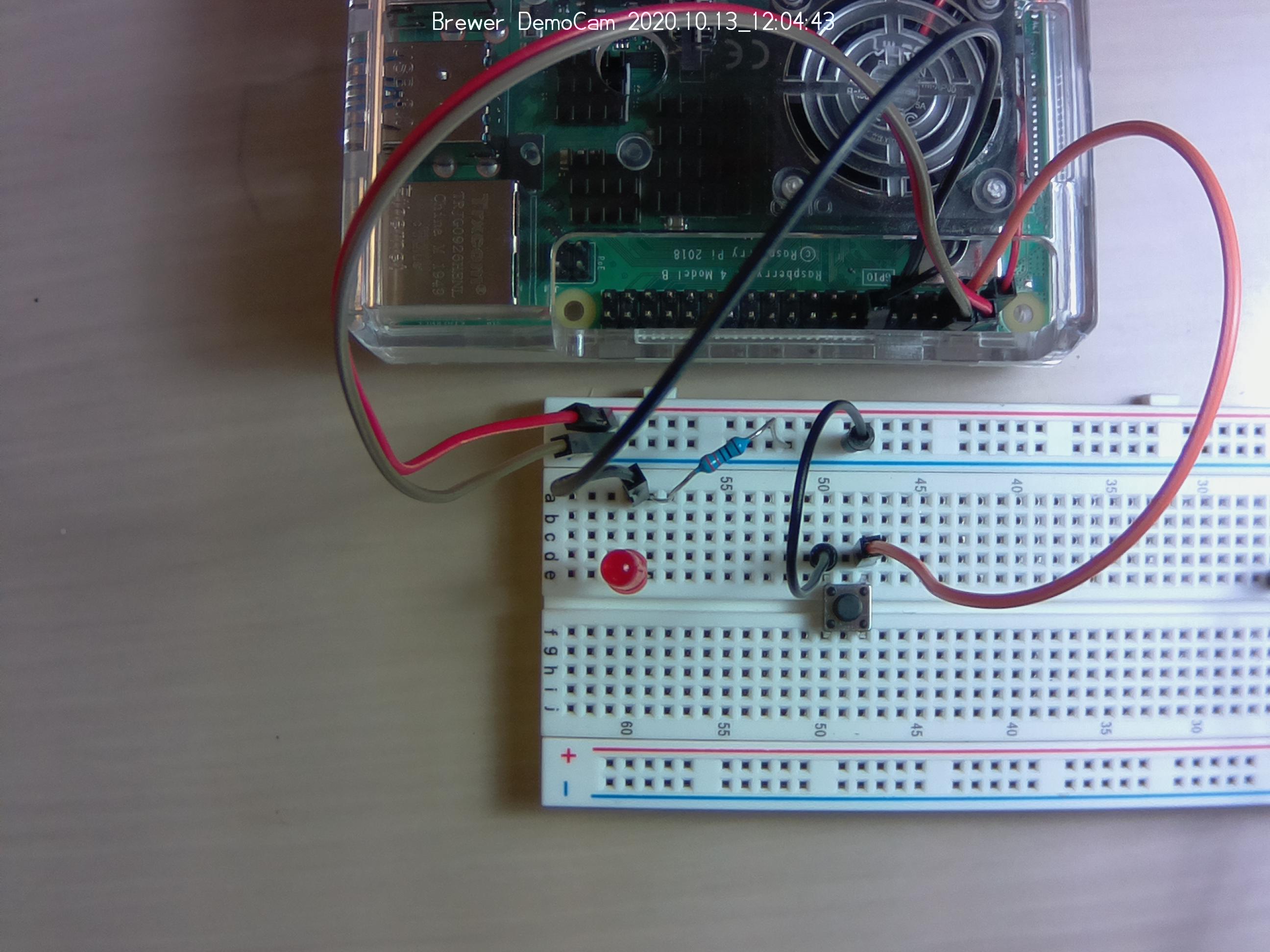Using GPIO Pins for Input
Overview
Teaching: 20 min
Exercises: 20 minQuestions
How can GPIO pins get information in?
Objectives
GPIO pins can detect change of state
Just like with the Arduino, you can detect events using the digital pins on the Raspberry Pi. If you leave the LED wired to pin 17 and connect the button to pin 3, you can detect the button press and turn the LED on with the GPIO Zero library.
#! /usr/bin/env python3
from gpiozero import LED, Button
from signal import pause
led = LED(17)
button = Button(3)
button.when_pressed = led.on
button.when_released = led.off
pause()
In this example, the LED stays lit as long as the button is pressed. But you could just as easily have each button press turn it on or off. I fact…
Try this:
Modify the program to turn the LED with one button press and turn it off with another. Extra credit for checking state (to make sure its off before turning it on.)
Some analog devices come with a “digital pin” that works with a threshold, meaning that if the value being measured exceeds some target, the pin turns on. Sometimes this is sufficient, e.g. an alarm. Or a trigger. For actually collecting analog data, however, you would need to use an analog-to-digital converter. Or select a sensor that communicates over a serial interface.
Key Points
The GPIO only has digital pins.
